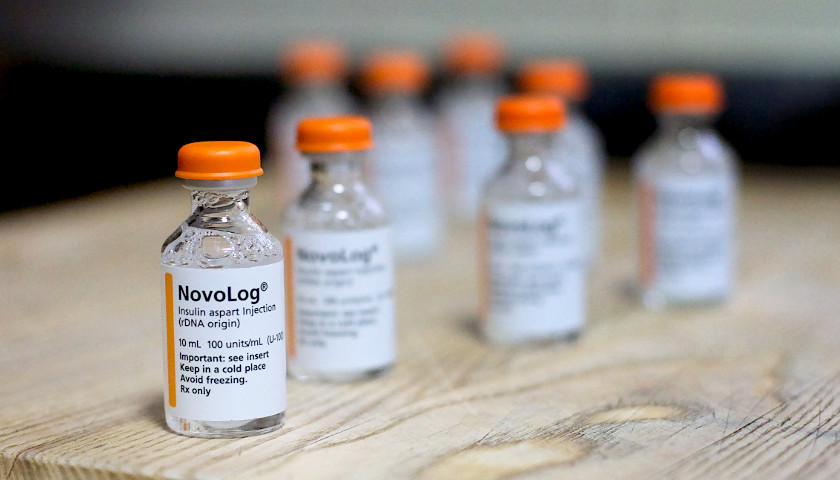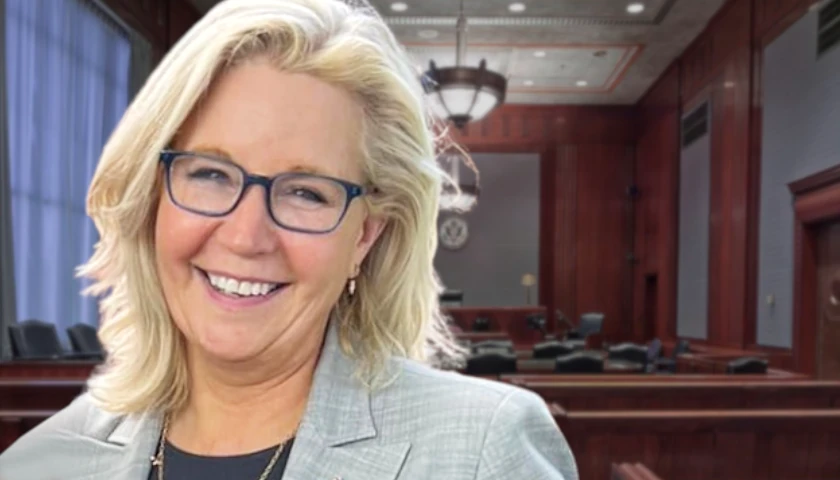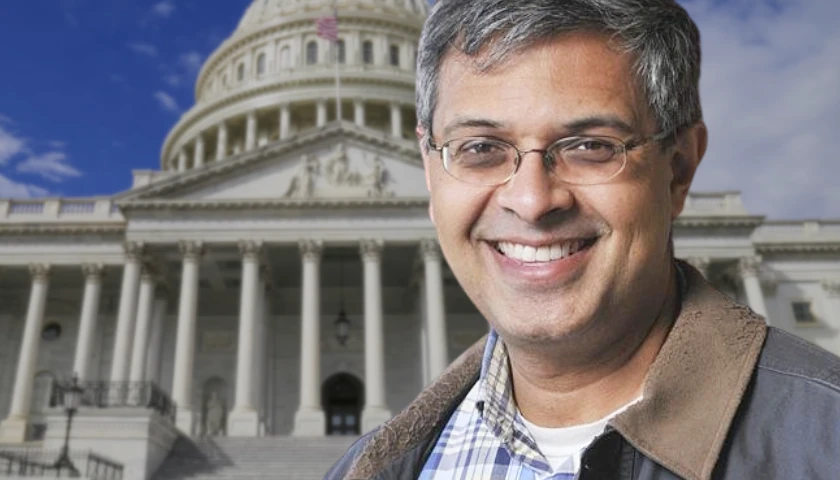by Dr. Molly Rutherford
Why is insulin, invented more than 100 years ago, still unaffordable for many of America’s 10 million diabetics who rely on it?
Politicians reflexively blame pharmaceutical manufacturers. Sen. Bernie Sanders asked rhetorically in November, “What possible reason, other than greed, could there be for the pharmaceutical industry to raise the price of insulin by more than 1,400%?”
Michigan Attorney General Dana Nessel recently announced plans to investigate rising insulin prices as a pretext for increased government regulation of the market. “While drug companies profit off of people’s health, they also benefit from a current market in which they control the pricing,” she proclaimed. “Enough is enough.”
Yet upon closer inspection, the blame for rising prices for medications like insulin largely falls on the convoluted prescription drug supply chain. Policymakers and state attorneys general who are actually interested in solving this problem rather than just posturing should expand their narrow investigations to include supply chain entities as well.
Here’s what they’d find: The drug market is held hostage by middlemen known as Pharmacy Benefit Managers (PBMs). These PBMs are either owned by or affiliated with health insurers. They require drug manufacturers to pay massive kickbacks, known as “rebates,” in return for access to the list of drugs that insurers cover. Medicines must make it on these formularies to become players in the consumer market.
In the end, these enormous rebate costs get passed on to patients in the form of higher drug prices.
For instance, if a manufacturer sells a drug for $100, but the PBM requires a $75 rebate to access the insurer formulary, the drug’s list price rises to $175. In total, these rebates account for nearly 50 percent of list prices, artificially increasing drug prices by nearly $200 billion annually.
When you strip out these wasteful rebates, drug prices, including for insulin, have actually declined in recent years. According to a recent JAMA study, insulin list prices rose by 40 percent since 2014, but net prices, absent rebates, fell by more than 30 percent.
The rebate system “is legal extortion,” said Rod Regalado, the father of a teen with Type 1 diabetes, about the opaque insulin pricing system. Like many Americans, he had no idea that the pay-to-play supply chain was to blame until he explored the clandestine world.
Last year, a Senate Finance Committee report revealed PBMs’ role in inflating insulin costs. It highlighted how rebates made up 80 percent—$339 of the $429 list price—of the cost of a standard box of insulin pens. It also revealed that between 2013 and 2018, insulin rebates charged by one PBM increased from two percent to 56 percent of the list price. Think of the annual savings for the average diabetic if these wasteful rebates were stripped out.
Perhaps the most pernicious aspect of the Soviet-style drug rebate system is its role in disincentivizing the adoption of cheaper medicines. Since lower-priced drugs elicit smaller rebates, PBMs resist including them on formularies. Therefore, cheap alternatives like insulin glargine, which costs one-third as much as its branded counterpart, can’t gain a toehold in the market. As a result, insulin glargine languishes on the market sidelines, while high-rebate, high list-price alternatives dominate.
Patients can bypass this cartel and enjoy substantial prescription drug savings by contracting directly with their primary care physician or an independent pharmacy. Direct primary care doctors like me save our patients hundreds of dollars each year by sidestepping the inflationary PBM rebate system.
Lowering prescription drug prices does not fit neatly into the righteous talking points that pass for political discussion today. Only by taking a holistic approach to the issue, examining the entire drug market from research and development to a patient’s medicine cabinet, can policymakers hope to solve this problem. If they take this approach, they will soon see that PBM middlemen are the culprit for rising insulin and other drug prices.
– – –
Dr. Molly Rutherford is an independent physician practicing in Kentucky and a member of Job Creators Network.





